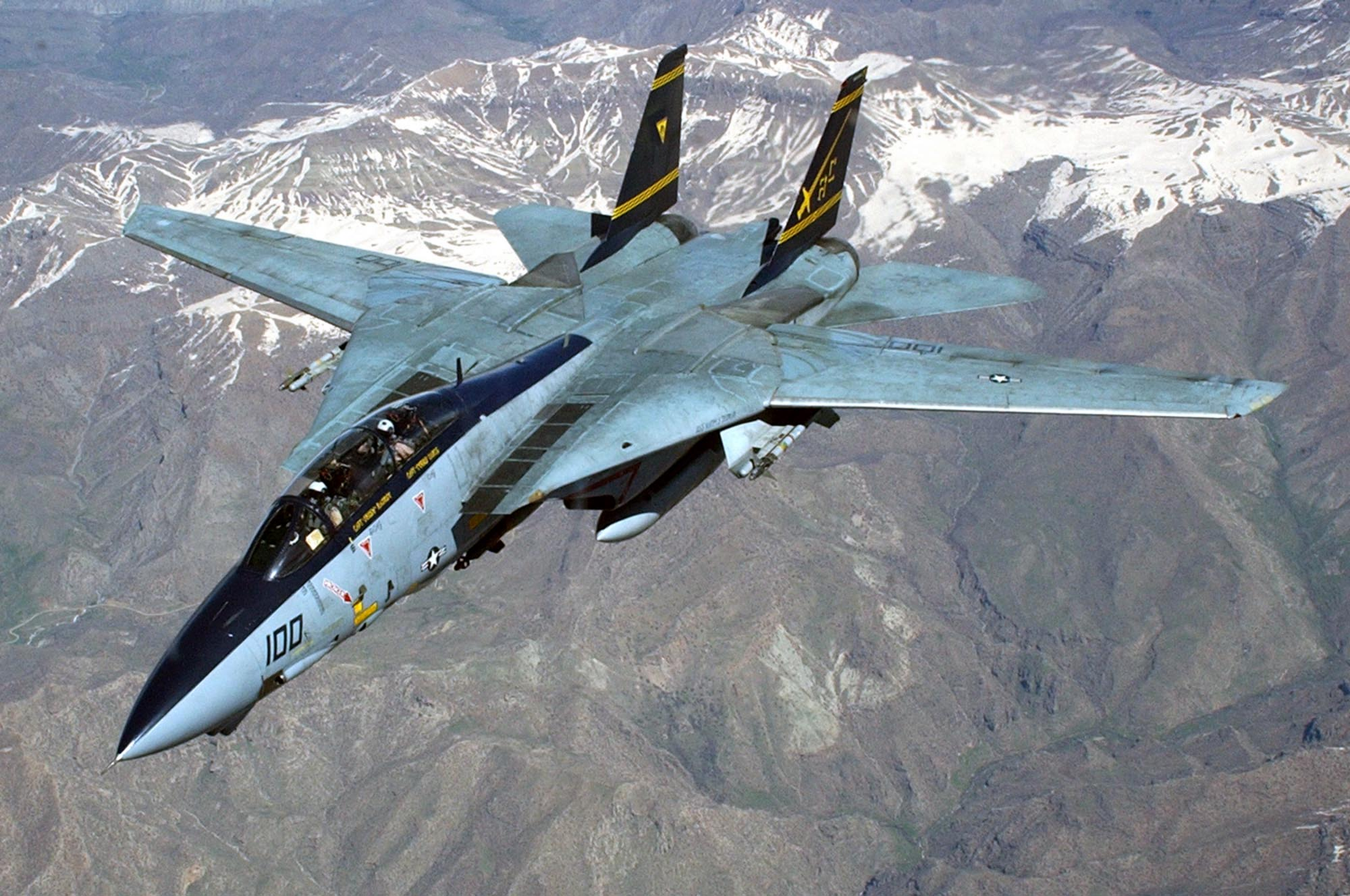
The F-14 Tomcat is still perhaps the most immediately recognizable and iconic fighter aircraft in the history of flight. With its variable-sweep wings and dual engines, it was not only a movie sensation from Top Gun, but a badge of American naval power and an engineering masterpiece of its time. But when the U.S. Navy officially retired the Tomcat in 2006, it brought to a close a chapter many feel ended too precipitously, igniting a debate that never really diminished.

The F-14 was specifically designed for one particular and urgent mission: to defend the fleet against long-range bomber attacks in the Cold War era. Soviet air power, such as the Tu-16 and Tu-22M, which carried potent anti-ship missiles, posed a serious challenge to carrier strike groups at the time.

The swing-wing design of the Tomcat permitted it to control both ends of the speed envelope—fast enough for Mach 2-plus intercepts, but stable enough for sharp carrier landings. Its two General Electric F110-GE-400 engines provided over 27,000 pounds of thrust each, placing its maximum speed on par with the Air Force’s F-22 and leaving subsequent Navy fighters such as the F/A-18 Super Hornet and F-35 behind in pure speed.

But speed was only half its magic. The Tomcat’s actual advantage was its range. With the AIM-54 Phoenix missile, the plane could strike targets more than 100 miles out, granting it the unusual capability to engage an incoming bomber before it could deliver its ordnance. During the 1970s through the 1990s, that was huge—once those enemy missiles were airborne, chances of interception were low. With its formidable radar, sophisticated avionics, and coordination between a pilot and a radar intercept officer, the F-14 was able to handle sophisticated, high-threat intercepts well before the enemy approached the fleet.

The decision for the Navy to retire the Tomcat was based on a combination of factors. The airframes were old, maintenance was expensive, and its systems were always requiring attention. With the Cold War threat abated and newer treaties limiting the possibility of large-scale bomber raids, the service began to move toward multirole aircraft such as the F/A-18, easier to maintain and more flexible for a variety of missions. The advances in missile technology, radar, and networked warfare were designed to compensate for some of what the F-14 provided.

Nevertheless, the retirement was noticeably felt. The F/A-18 is capable, but it couldn’t equal the Tomcat’s sheer velocity, range, or capability for engaging far-away threats before they were in your face. The Air Force’s F-22 was never designed for carrier decks, and though the F-35 offers stealth and advanced sensors, it isn’t designed for the type of high-speed, long-range interceptions the F-14 did best.

Maybe the greatest loss was that unparalleled standoff interceptor capability—the ability to shoot down a missile-carrying bomber alone, hundreds of miles away from the carrier group, without having to rely so much on other levels of defense. Nowadays, capabilities such as the SM-6 and advanced early warning radars bridge some of that gap, but no single platform yet duplicates the Tomcat’s special combination of speed, range, and firepower.

The F-14’s two-man crew was another resource that’s becoming a rarity. New avionics and automation enable a single pilot to handle more than ever, but sometimes it’s nice to have a radar intercept officer to devote to sensors, targeting, and tactical control, so the pilot can concentrate solely on flying and flying.”. Even with the emerging unmanned systems, the question of whether two sets of eyes and hands in the cockpit can beat one in specific missions is still out there.

Would the Tomcat have been able to be modernized to remain relevant? Maybe. Other aircraft that served for a long time, such as the B-52 and F/A-18, demonstrated that with ongoing upgrades, an aging airframe could be an asset for decades. The F-14 experienced its own set of upgrades during its lifespan, with the culmination of the F-14D, which introduced better engines, radar, and avionics.

Its defenders claim that more modernization—stealth coatings, digital equipment, and new weapons—would have made it relevant. Detractors reply that maintenance requirements and its inability to be stealthy by nature would have been huge drawbacks in today’s high-technology battlespace.

The Tomcat’s legacy has not dissipated. Its philosophy of design, its operational history, and its general aura have captivated pilots, engineers, and airplane enthusiasts for decades. Even as contemporary fighters incorporate stealth and networked warfare, lessons obtained from the F-14—speed, versatility, and the importance of specialization—continue to resound through modern designs.

Ultimately, retiring the F-14 was as much about priorities as the aircraft itself. The Navy exchanged a niche interceptor for a more versatile fleet and tolerated some compromises along the way. Whether that exchange was worth it remains debated, not out of sentimentalism, but because the Tomcat represented a type of capability that hasn’t been fully replaced. And in an unpredictable world, that loss still matters.
